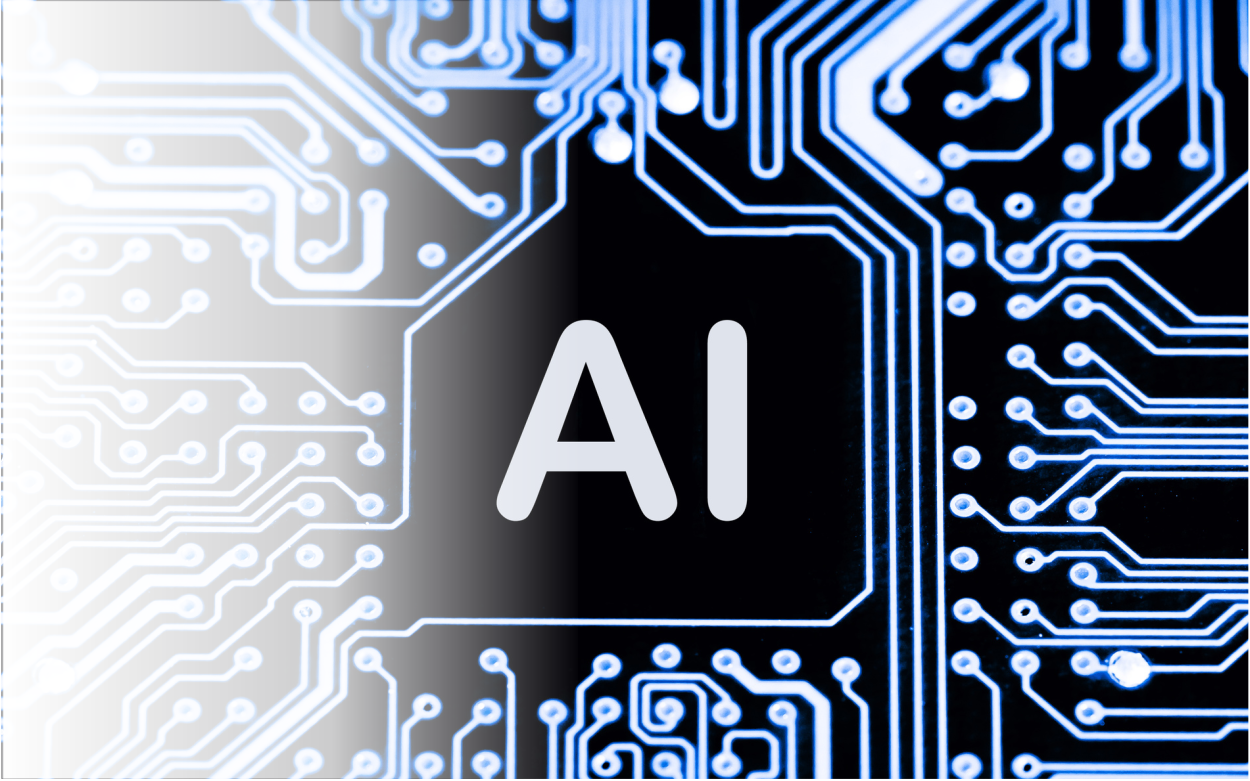Key Trends in Supply Chain Management
Supply chain management (SCM) has always been a critical function for businesses, ensuring the efficient movement of goods and services from suppliers to customers. However, the rapid evolution of technology, globalization, and changing consumer demands are reshaping the landscape of supply chain management. Companies are leveraging innovative strategies and technologies to remain competitive, resilient, and sustainable. This article explores key trends shaping the future of supply chain management and their implications for businesses.
1. Digital Transformation in Supply Chains
The digital revolution has profoundly impacted supply chain operations, enabling better visibility, efficiency, and decision-making. Key technologies driving this transformation include:
- Internet of Things (IoT): IoT devices, such as sensors and trackers, provide real-time data on inventory, transportation, and warehouse operations. This data enhances transparency and helps businesses identify inefficiencies.
- Artificial Intelligence (AI) and Machine Learning (ML): AI-powered tools analyze vast amounts of data to predict demand, optimize routes, and identify potential disruptions. ML algorithms improve over time, enabling smarter and faster decision-making.
- Cloud Computing: Cloud-based platforms facilitate seamless collaboration among supply chain partners, enabling real-time updates and data sharing.
- Robotics and Automation: Robots are increasingly used in warehouses and manufacturing plants to perform repetitive tasks, improving productivity and reducing errors.
2. Emphasis on Sustainability
Sustainability has become a top priority for supply chains as businesses and consumers seek environmentally friendly practices. Companies are adopting green initiatives such as:
- Carbon Footprint Reduction: Optimizing transportation routes, using energy-efficient vehicles, and shifting to renewable energy sources.
- Circular Supply Chains: Focusing on recycling, reusing, and repurposing materials to reduce waste.
- Sustainable Sourcing: Partnering with suppliers that follow ethical and eco-friendly practices.
Governments and regulatory bodies are also pushing for stricter environmental standards, making sustainability a key component of supply chain strategies.
3. Resilience and Risk Management
The COVID-19 pandemic exposed vulnerabilities in global supply chains, highlighting the importance of resilience. Companies are implementing strategies to mitigate risks and ensure continuity, including:
- Diversifying Suppliers: Reducing dependency on a single supplier or region to minimize disruptions.
- Building Buffer Stocks: Maintaining safety stock to manage unexpected demand spikes or supply delays.
- Scenario Planning: Using predictive analytics to prepare for various contingencies, such as natural disasters or geopolitical conflicts.
Resilient supply chains are better equipped to adapt to disruptions and recover quickly, ensuring customer satisfaction and business continuity.
4. Blockchain for Transparency
Blockchain technology is revolutionizing supply chain transparency and trust. By providing an immutable ledger of transactions, blockchain enables:
- Traceability: Tracking the origin and movement of goods throughout the supply chain.
- Authenticity Verification: Ensuring the authenticity of products, especially in industries like pharmaceuticals and luxury goods.
- Fraud Prevention: Reducing the risk of counterfeit products entering the supply chain.
Blockchain fosters trust among stakeholders, improves accountability, and enhances consumer confidence.
5. E-commerce and Omnichannel Fulfillment
The growth of e-commerce has transformed consumer expectations, driving the need for faster and more flexible supply chains. Key trends include:
- Last-Mile Delivery Innovations: Companies are investing in drones, autonomous vehicles, and local distribution hubs to expedite deliveries.
- Omnichannel Strategies: Integrating online and offline channels to provide seamless shopping experiences. For example, offering options like buy-online-pick-up-in-store (BOPIS).
- Micro-Fulfillment Centers: Establishing small, automated warehouses closer to urban areas to meet rapid delivery demands.
As consumer expectations for speed and convenience rise, businesses must adapt their supply chains to remain competitive.
6. Workforce Transformation
The supply chain workforce is undergoing significant changes due to automation and digitalization. Key developments include:
- Upskilling Employees: Training workers to operate advanced technologies, such as robotics and AI-powered systems.
- Attracting Digital Talent: Recruiting professionals with expertise in data analytics, machine learning, and blockchain.
- Remote Work: Implementing remote work solutions for supply chain planning and management roles.
Organizations that invest in workforce development will be better positioned to navigate technological advancements and drive innovation.
7. Data-Driven Decision Making
Data is at the heart of modern supply chains. Businesses are leveraging advanced analytics to gain actionable insights, enabling:
- Demand Forecasting: Predicting consumer demand patterns to optimize inventory levels.
- Inventory Optimization: Ensuring the right products are available at the right time and location.
- Performance Monitoring: Tracking key performance indicators (KPIs) to measure efficiency and identify areas for improvement.
Data-driven decision-making enhances agility and ensures supply chains are responsive to market changes.
8. Collaborative Supply Chain Networks
Collaboration among supply chain partners is essential for improving efficiency and resilience. Companies are fostering stronger relationships through:
- Shared Data Platforms: Facilitating real-time information exchange among suppliers, manufacturers, and retailers.
- Strategic Partnerships: Building long-term relationships with trusted suppliers to ensure reliability and quality.
- Joint Innovation: Collaborating with partners to develop new products, services, and processes.
Collaborative networks enable businesses to respond more effectively to challenges and capitalize on opportunities.
9. Focus on Customer-Centricity
Modern supply chains prioritize customer satisfaction by delivering personalized and efficient services. Key strategies include:
- Dynamic Delivery Options: Offering flexible delivery choices, such as same-day or scheduled delivery.
- Proactive Communication: Providing real-time updates on order status and delivery timelines.
- Customized Solutions: Tailoring products and services to meet individual customer needs.
Customer-centric supply chains build loyalty and drive competitive advantage in crowded markets.
10. Integration of Artificial Intelligence (AI) and Automation
AI and automation are transforming supply chain processes, enabling smarter operations. Applications include:
- Predictive Analytics: Forecasting demand, identifying risks, and optimizing routes using AI algorithms.
- Robotic Process Automation (RPA): Automating repetitive tasks, such as order processing and invoicing.
- Chatbots and Virtual Assistants: Enhancing customer service by providing instant support and information.
AI-driven supply chains are more efficient, adaptive, and capable of handling complexity.
Conclusion
The field of supply chain management is undergoing a profound transformation driven by technological advancements, sustainability goals, and shifting consumer expectations. By embracing these key trends—digital transformation, sustainability, resilience, blockchain, e-commerce innovations, workforce development, data-driven decision-making, collaboration, customer-centricity, and AI—businesses can build robust, efficient, and future-ready supply chains. Organizations that stay ahead of these trends will not only navigate challenges effectively but also gain a competitive edge in the dynamic global marketplace.







